The Wall Street Journal, an American business daily, named the situation in Bakhmut, weather conditions, the Russian offensive and events outside of Ukraine among the factors that will determine the course of events in Ukraine during the winter. The BBC names 5 possible scenarios.
At the same time, peace talks seem far enough away. The WSJ edition looks at each of the six important factors.
one. Weather
Mudslides in Ukraine continue to impede the movement of military equipment. The conflict may escalate as the ground hardens. Given the serious energy problems in Ukraine, it will become much more difficult in the rear, although on the front line frosts will become an assistant in a possible offensive.
2. The situation in Bakhmut
The capture of Bakhmut by Russian troops has already acquired the outlines of “psychological significance.” The Ukrainian military could have retreated to more secure and elevated positions, but such a move would have been interpreted by Moscow as a victory.
3. Ukrainian offensive
Most military analysts argue that after returning large Russian-held territories in the fall, Ukraine retains much of the strategic initiative in the war. The experts believe writes WSJ that she will want to continue the offensive in the winter and, if possible, push the enemy back even further. Analysts point out two obvious directions of Ukrainian offensives. The first is in the Luhansk region, on the line between Svatovo and Kremennaya, where the R-66 highway adjoins. The second will target Berdyansk and Melitopol in the Zaporozhye region. If successful, the main supply lines and communications between Crimea and Russian troops will be cut off.
4. What are the advantages of Russia
One of the benefits for the Russian army from the loss of captured territories in the fall is a significant reduction in the front area that it must protect, the article says. The front line has been reduced from 1100 km to 885 km (estimated), of which 386 km are river barriers. The likely directions of Ukraine’s attack are obvious to the Russians as well. Military analysts say: “Russia’s current goal, with the exception of Bakhmut and a few other areas, is not to lose,” the publication quotes.
Michael Clarke, professor of defense studies at King’s College London, said Russia appears to be “hoping that something will happen.” Such changes could be a weakening of support: from the United States as the influence of the Republicans grows, and from the West due to the winter cold.
five. Russian offensive
In Ukraine, they say that Russia is preparing new major offensives at the beginning of the year. According to high-ranking Ukrainian officials, an offensive from the territory of Belarus towards Kyiv is possible. However, Western analysts are skeptical that Russian reservists will be able to do what more combat-ready and trained troops could not.
Military analysts believe that warnings about a possible new offensive by the Russian Federation may be aimed at, firstly, neutralizing complacency about the incompetence so far demonstrated by the Russian military, and secondly, to put pressure on Ukraine’s Western partners so that they continued to supply Kyiv with weapons and ammunition, the article says.
6. Events outside of Ukraine
The Wall Street Journal states:
If Putin hopes Western support will falter, it hasn’t happened yet. Ukrainian President Volodymyr Zelensky’s visit to Washington this month demonstrates America’s continued support for Ukraine. So far, support from European governments appears to have continued. even as the economy weakened under the weight of high energy prices.”
The publication also draws attention to the fact that the West continues to discuss possible peace conditions. However, peace talks seem far away, as Ukraine’s goal, as Volodymyr Zelensky says, is to regain all the territory lost since 2014.
British Air Force writes about five scenarios for the development of the situation in Ukraine for 2023. All these options are presented by different experts interviewed by journalists.
one. Russia will conduct a decisive offensive, and its outcome will be a key factor in the warsays Michael Clarke. The deputy director of the Institute for Strategic Studies says: “Putin acknowledged that about 50,000 newly mobilized troops are already at the front; the remaining 250,000 just mobilized are preparing for next year. There is no possibility for anything but a new war until the fate of these new Russian forces decide on the battlefield.” Clark does not rule out Ukrainian offensives near Svatovo and Kremennaya, where the Armed Forces of Ukraine can prepare for a major breakthrough.
2.”Ukraine will recapture all its lands no later than the end of spring 2023“, – such a forecast was given by the Russian opposition leader, scientist and analyst Andrei Piontkovsky. The main factors are the determination of Ukraine and the West. The end result will depend on how quickly NATO can provide a “new revolutionary package of attack weapons” – tanks, aircraft, long-range missiles Piontkovsky considers Melitopol to be the key target of the Ukrainian offensive.
3.”The war will be protracted and will not end in 2023“, – says Barbara Zanchetta from the department of military studies at King’s College London, and the key to ending the war, in her opinion, is a change in the position of the Russian elites. She believes that the whole next year will be “a protracted political, economic and military battle of determination.”
4. “Ukraine will liberate the entire territory of the country by the end of 2023“, argues Ben Hodges, the former commander of the US Army in Europe, who believes that by January Ukraine can begin the final phase of the campaign to liberate the Crimea. He said:
“All approaches to Crimea are now within the reach of Ukrainian weapons systems. By the end of 2023, Crimea will be fully restored under Ukrainian control and sovereignty, although there may be some agreement that will allow Russia to gradually phase out part of its naval presence in Sevastopol” .
five. “Offensives and counter-offensives of both sides“, – such a forecast is given by Israeli military expert David Gendelman. He explains that the new mobilized “give the Russians the opportunity to go on the offensive” in the Donbass. At the same time, Russia’s major breakthrough is somewhere else – for example, an offensive from the south to Pavlograd to encircle Ukrainian forces in Donbass – unlikely.
“More likely, the continuation of the existing tactics – the slow grinding of Ukrainian forces in narrow directions and a slow advance, as in the Bakhmut and Avdiivka directions, with similar tactics in the direction of Svatovo-Kremnaya.”
Russian attacks on Ukraine’s energy infrastructure will also continue as part of a war of attrition strategy, Gendelman said. For the Armed Forces of Ukraine, which were also able to release part of the forces from near Kherson, the most strategically valuable direction is the south, to Melitopol or Berdyansk, in order to cut the Russian mainland corridor to Crimea:
“It would be a major Ukrainian victory and that is why the Russians are fortifying Melitopol.” Another option for Ukraine is Svatovo: “success there would threaten the entire northern flank of the entire Russian front line.”
But for now, the big question is, the expert says, how many Ukrainian forces are now free and ready for the offensive, how many new reserve brigades and corps that are being built will be ready in one, two or three months – including manpower, armored vehicles and heavy weapons: ” After the mud freezes, we will have an answer to this question, and this answer will bring us a little closer to where it ends.”
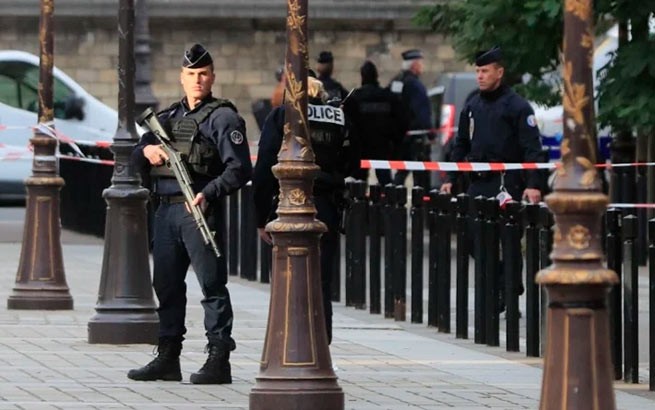
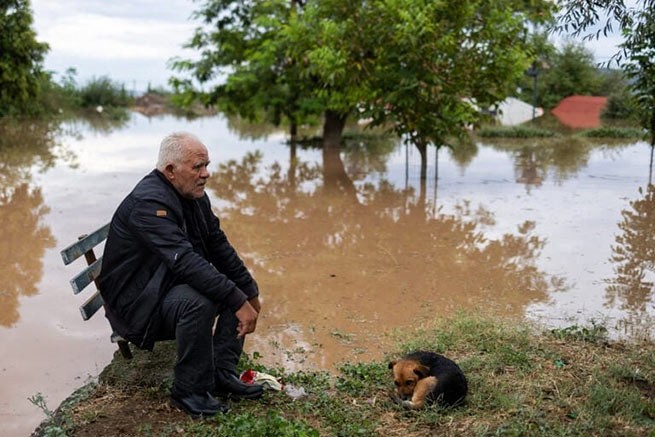
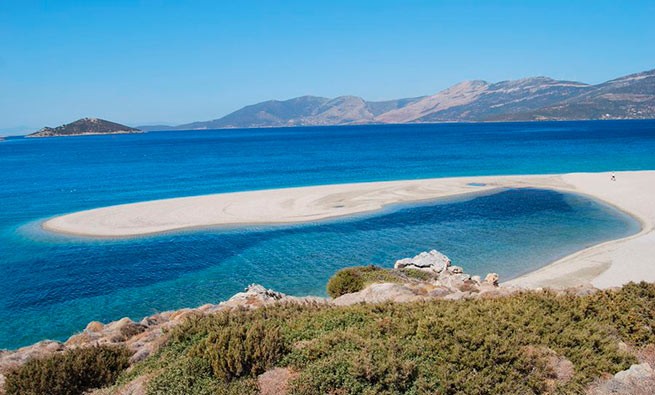
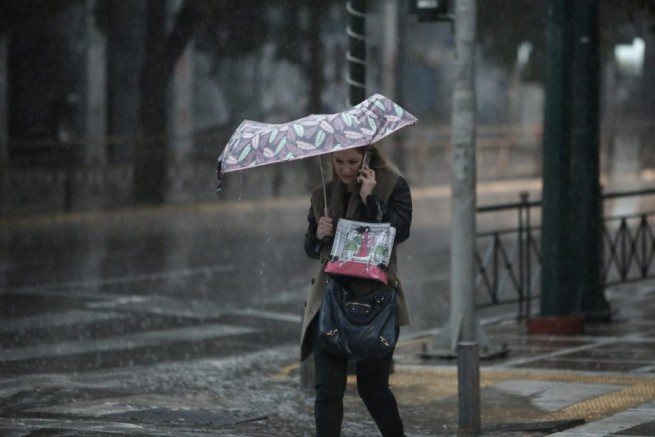
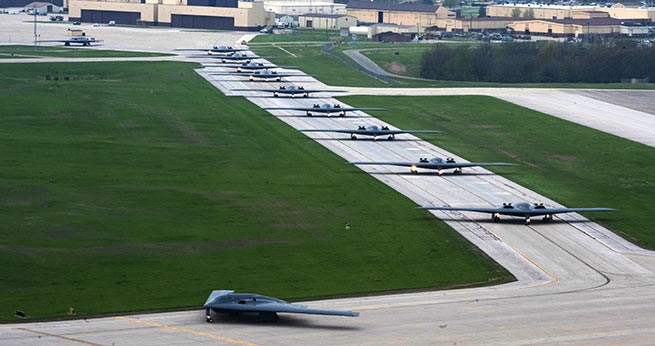
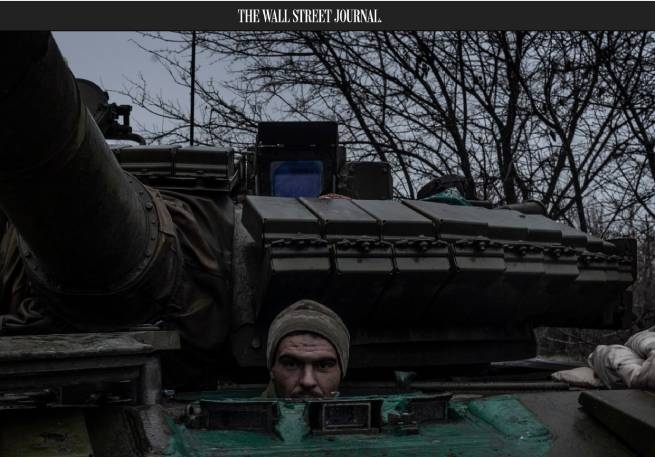

More Stories
4 scenarios for the development of the war in Ukraine
There was a scandal in Cyprus over the Prime Minister's plane, donated by K. Mitsotakis
Nuclear wrestling between the USA and Russia: are we heading towards the use of strategic weapons?